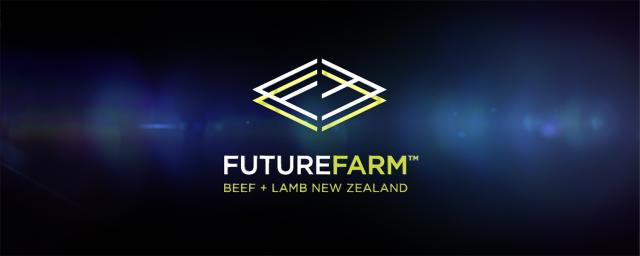As the gate closes on Beef + Lamb New Zealand’s Future Farm Lanercost, a final field day was held to summarise what had been achieved over the farm’s five-year tenure.

Part three of a three-part series summarising three of the programmes run at Lanercost under B+LNZ’s tenure will look at how Greenhouse Gas modelling informed management decisions.
GHG Modelling – changing to a dairy integrated system
Speaking at the field day, B+LNZ’s General Manager Farming Excellence Dan Brier demonstrated how, using Farmax, different stocking and management policies can be modelled and manipulated to help reduce greenhouse gas (Ghg) emissions.
He said pasture consumed and greenhouse gases are closely related and the challenge is to make the most efficient use of every blade of grass eaten.
Lanercost grew 5.5t/ha of pasture annually to feed the farm’s 3,000 breeding ewes and 225 beef cows (these were run on a lease arrangement). Crops were grown to feed dairy cows over winter.
This policy meant there was high demand for feed in autumn and winter, so modelling was carried out to change from running breeding cows to a dairy integrated system where cull cows were bought in autumn, used to clean up pastures over winter and sold for slaughter in spring.
They also modelled buying in trading cattle in autumn and selling them prime before Christmas. While this was a feasible system, the cull cows were much more flexible, particularly compared to the beef cows with calves at foot.
By moving to a cattle trading system and improving the performance of the sheep flock, Lanercost improved the efficiency of their production (Ghg produced/kg of product produced) but didn’t reduce the absolute amount of Ghg produced because roughly the same total amount of grass is eaten.
The cull cows would consume the same amount of feed and while they were no more efficient in terms of Ghg produced/kg of product produced, they would earn more money. This would not result in an absolute reduction in methane, but in more profit made for every kg of Ghg.
Putting it into practice
After a growthy summer, Lanercost went into autumn 2022 with a huge amount of feed on hand. Around 30 per cent of their hill country had not been grazed, so they needed a class of livestock that could be pushed hard to clean up rank pastures.
The farm bought 188 dairy cows at the end of March and manager Will Pears had to dry them off. This was done by keeping the cows behind a wire on rape stubble for 10 days. Mastitis was an issue and caused three deaths. Five cows needed to be treated for the disease.
After drying off, they were used to clean up tag on Lanercost’s flats and easy country before being transitioned onto the hill.
They held their condition through most of winter without supplements and were taken off the hill in cuts from August for processing. Five were lost during the winter months due to misadventure.
Mr Brier says it was about using the cows as a pasture management tool while making a profitable trade of $279/head all costs counted.
“It was just a transfer in time. The focus was on tidying up and the feed quality was not good enough to finish steers, we need quantity.”
In-lamb ewes were also bought in to fill a gap in spring as the dairy cows left the farm.